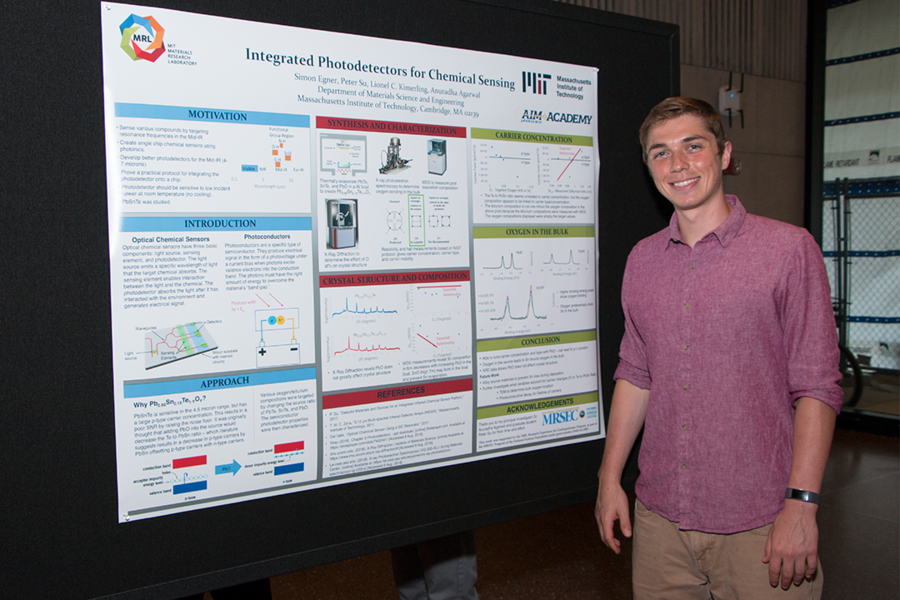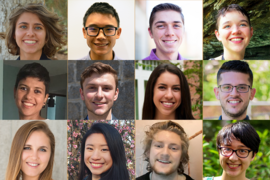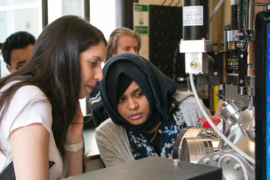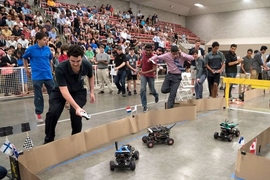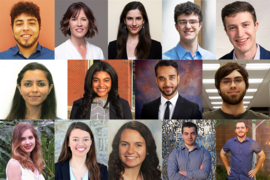MIT Materials Research Laboratory (MRL) interns covered a wide gamut of challenges this summer, working with materials as soft as silk to as hard as iron and at temperatures from as low as that of liquid helium (-452.47 degrees Fahrenheit) to as high as that of melted copper (1,984 F).
Summer Scholars and other interns participated on the MIT campus through the MRL’s Materials Research Science and Engineering Center, with support from the National Science Foundation, the AIM Photonics Academy, the MRL Collegium, and the Guided Academic Industry Network (GAIN) program.
Mid-infrared detectors
Simon Egner, from the University of Illinois at Urbana-Champaign, made samples of lead tin telluride to detect mid-infrared light at wavelengths from 4 to 7 microns for integrated photonic applications. Egner measured several materials properties of the samples, including the concentration and mobility of electrons. “One thing we have come up with recently is adding lead oxide to try to decrease the amount of noise we get when sensing light with our detectors,” Egner says.
Lead tin telluride is an alloy of lead telluride and tin telluride, explains Peter Su, a materials science and engineering graduate student in the lab of MIT Materials Research Laboratory Principal Research Scientist Anuradha Agarwal. “If you have a lot of carriers already present in your material, you get a lot of extra noise, a lot of background signal, above which it’s really hard to detect the new carriers generated by the light striking your material,” Su says. “We’re trying to lower that noise level by lowering the carrier concentration and we’re trying to do that by adding lead oxide to that alloy.”
Thin films for photonics
Summer Scholar Alvin Chang, from Oregon State University, created chalcogenide thin films with non-linear properties for photonics applications. He worked with postdoc Samuel Serna in the lab of associate professor of materials science and engineering Juejun Hu. Chang varied the thickness of two different compositions, one of germanium, antimony and sulfur (GSS) and the other of germanium, antimony, and selenium (GSSE), creating a gradient, or ratio, between the two across the length of the film.
“The GSS and GSSE both have different advantages and disadvantages,” Chang explains. “We're hoping that by merging the two together in a film we can sort of optimize both their advantages and disadvantages so that they would be complementary with each other.”
These materials, known as chalcogenide glasses, can be used for infrared sensing and imaging. Anyone interested in learning more about Chang's work can watch this video.
Nanocomposite assembly
Both Roxbury Community College chemistry and biotechnology Professor Kimberly Stieglitz and Roxbury Community College student Credoritch Joseph worked in the lab of assistant professor in materials science and engineering Robert J. Macfarlane. The Macfarlane Lab grafts DNA to nanoparticles, which enable precise control over self-assembly of molecular structures. The lab is also creating a new class of chemical building blocks that it calls Nanocomposite Tectons, or NCTs, which present new opportunities for self-assembly of composite materials.
Joseph learned the multi-step process of creating self-assembled DNA-nanoparticle aggregates, and used the ones he prepared to study the stability of the aggregates when exposed to different chemicals. Stieglitz created NCTs consisting of clusters of gold nanoparticles with attached polymers and examined their melting behavior in polymer solutions. "They're actually nanoparticles that are linked together through hydrogen bonding networks," Stieglitz explains.
Strengthening aerospace composites
Abigail Nason, from the University of Florida, studied the potential benefits of incorporating carbon nanotubes into carbon fiber reinforced plastic [CFRP] via a process termed “nanostitching” in the lab of Brian L. Wardle, professor of aeronautics and astronautics.
Bundles of carbon microfibers, which are known as tows, are used to make sheets of aerospace-grade carbon fiber reinforced plastic. Working with graduate student Reed Kopp, Nason took 3-D scans of composite laminate samples to reveal their structure. Areas between sheets of the laminate are called the interlaminar region. Traditional composites have no reinforcement in this interlaminar region, and carbon nanotubes provide nano-scale fiber reinforcement in the nano-stitch version.
Kopp notes that despite the high level of resolution required to elucidate an intricate architecture of micro-scale features, the 3-D scans can’t distinguish the carbon nanotubes from the epoxy resin because they have similar density and elemental composition. “Since they absorb X-rays similarly, we can’t actually detect X-ray interaction differences that would indicate the locations of reinforcing carbon nanotube forests, but we can visualize how they affect the shape of the interlaminar region, such as how they may push fibers apart and change the shape of inherent resin-rich regions caused during carbon fiber reinforced plastic layer manufacturing.”
Nason adds: “It’s really interesting to see that there isn’t a lot of information out there about how composites fail and why they fail the way they do. But it’s really cool and interesting to be at the forefront of seeing this new technology and being able to look so closely at the composite layers and quantifying critical micro-scale material features that influence failure.”
Synthesizing electronic materials
Summer Scholar Michael Molinski, from the University of Rhode Island, and Roxbury Community College student Bruce Quinn worked in the lab of assistant professor of materials science and engineering Rafael Jaramillo. Working with graduate students Stephen Filippone and Kevin Ye, both Molinski and Quinn made solid materials, producing powders of compounds such as barium zirconium sulfide, which are desireable for their optical and electrical properties.
The process involves mixing together the chemical ingredients to produce the powders in a quartz tupe in the absense of air and sealing it. The first GAIN program participant, Quinn hot pressed the powders into pellets. Molinski also grew crystals, and both examined their powders with X-ray diffraction.
Developing multiple sclerosis models
Summer Scholar Fernando Nieves Muñoz, from the University of Puerto Rico at Mayagüez, worked in the lab of Krystyn Van Vliet, the Michael (1949) and Sonja Koerner Professor of Materials Science and Engineering, to develop mechanical models of multiple sclerosis (MS) lesions. Nieves Muñoz worked closely with research scientist Anna Jagielska and chemical engineering graduate student Daniela Espinosa-Hoyos.
“We are trying to find a way to stimulate repair of myelin in MS patients so that neurological function can be restored. To better understand how remyelination works, we are developing polymer-based materials to engineer models of MS lesions that mimic mechanical stiffness of real lesions in the brain,” Jagielska explains.
Nieves Muñoz used stereolithography 3-D printing to create cross-linked polymers with varying degrees of mechanical stiffness and conducted atomic force microscopy studies to determine the stiffness of his samples. “Our long-term goal is to use these models of lesions and brain tissue to develop drugs that can stimulate myelin repair,” Nieves Muñoz says. “As a mechanical engineering major, it has been exciting to work and learn from people with diverse backgrounds.”
Other MIT Materials Research Laboratory interns tackled projects including superconducting thin films, quantum dots for solar, spinning particles with magnetism, carbon-activated silk fibers, water-based iron flow batteries, and polymer-based neuro fibers.
A version of this post, including additional MRL summer intern success stories, originally appeared on the Materials Research Laboratory website.

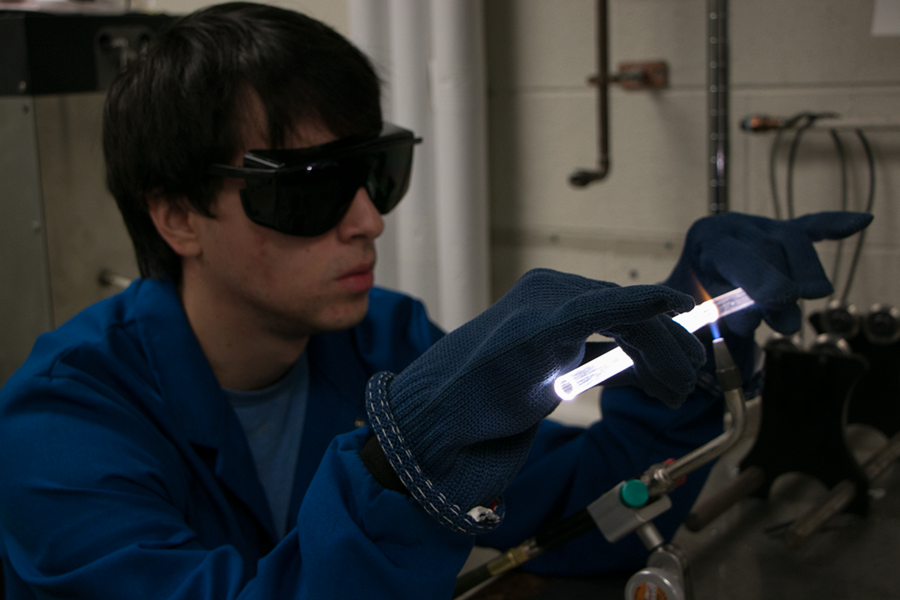
![Summer Scholar Sarai Patterson examines samples of perovskite quantum dots with a transmission electron microscope (TEM). Patterson synthesized the perovskite quantum dots in the lab of William A. Tisdale, ARCO Career Development Professor of Chemical Engineering. “The [TEM] beam is such high energy that a lot of the time it will start burning the sample before you can get a really good image of...](/sites/default/files/styles/news_article__image_gallery/public/images/201809/MRL-2018-summer-interns-Sarai-Patterson-MIT-00.png?itok=xGJ94Vv-)
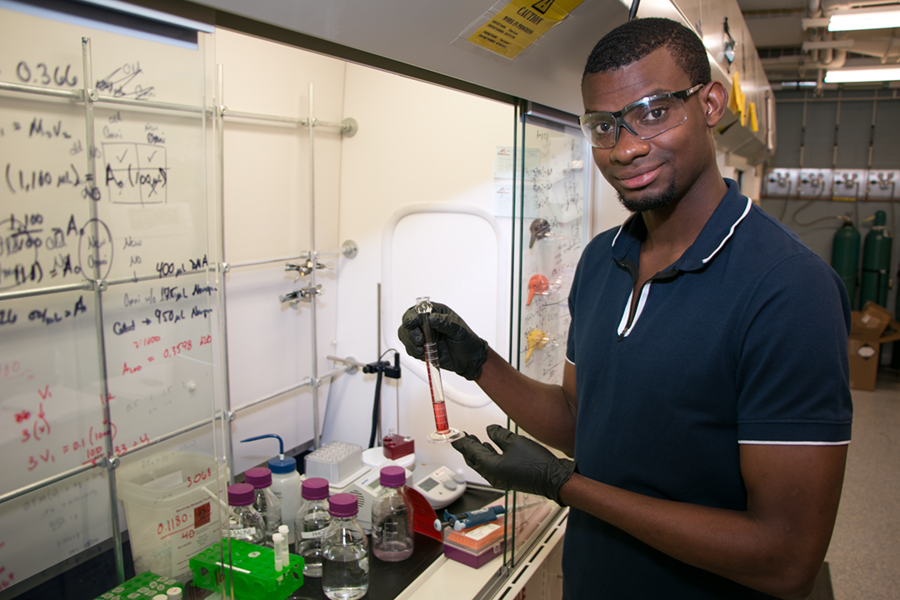
![Summer Scholar Abigail Nason points to a 3D rendering of a carbon fiber/epoxy composite laminate with embedded carbon nanotube [CNT] reinforcement that reveals sheets of carbon fibers and polymer as well as micro-scale features of relatively weak inter-sheet regions. Nason conducted research this summer in the lab of Professor Brian L. Wardle, in the Department of Aeronautics and Astronautics. “...](/sites/default/files/styles/news_article__image_gallery/public/images/201809/MRL-2018-summer-interns-Abigail-Nason-MIT-00.png?itok=RvsIRjJO)
![2018 MIT Materials Research Laboratory summer interns include [l-r] Roxbury Community College students Astatke Assaminew and Bruce Quinn, Bunker Hill Community College student Minhua Mei, Fan, and Roxbury Community College students Credoritch Joseph and Juan Hincapie.](/sites/default/files/styles/news_article__image_gallery/public/images/201809/MRL-2018-summer-interns-Community-College-Group-MIT-00.png?itok=vLFgnb0t)
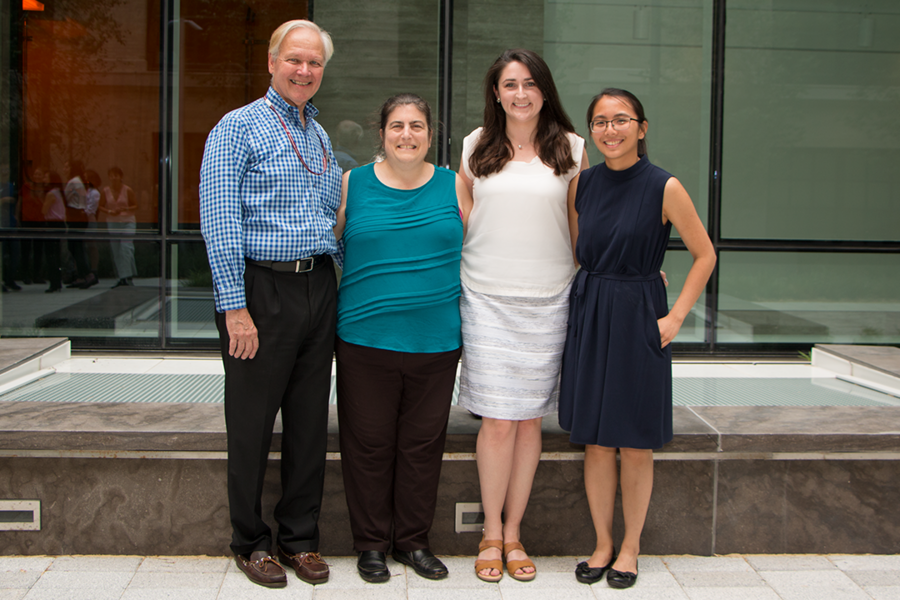
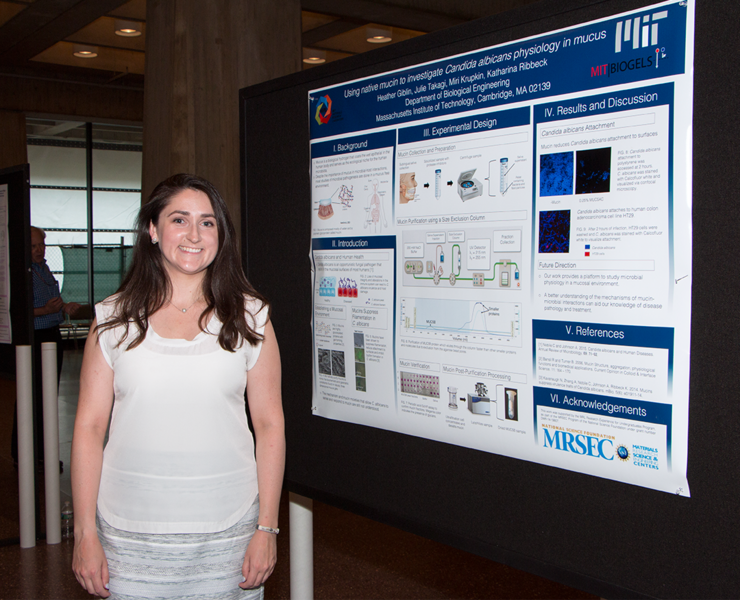
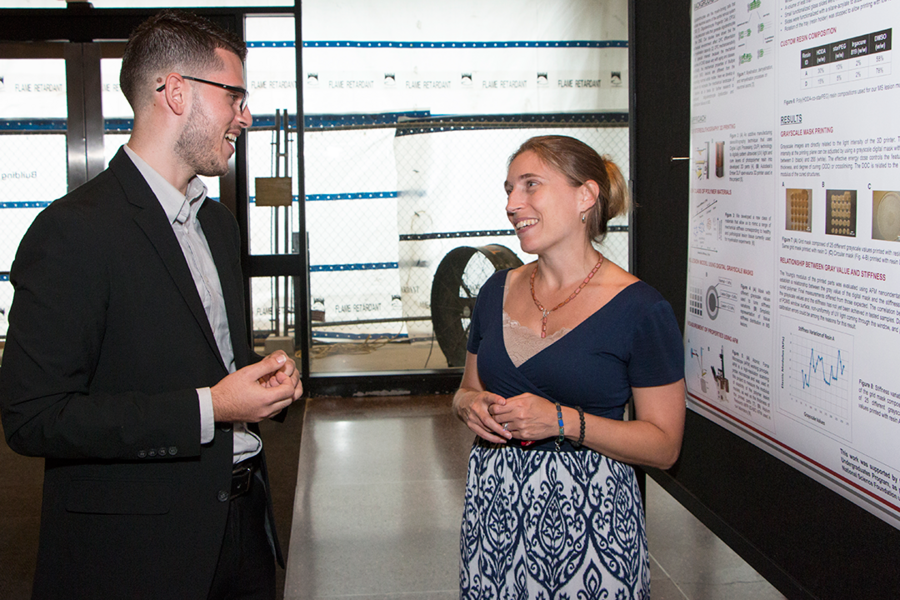
![Summer Scholar Michael Molinski [left] poses with his poster on solid-state electronic materials with summer research alumna Noon Farsab and assistant professor of materials science and engineering Rafael Jaramillo, in whose lab both interned. Molinski made powders of compounds such as barium zirconium sulfide, which are desirable for their optical and electrical properties.](/sites/default/files/styles/news_article__image_gallery/public/images/201809/MRL-2018-summer-interns-Michael-Molinski-Poster-Noon-Farsab-Rafael-Jaramillo-MIT-00.png?itok=u_BUeax9)
